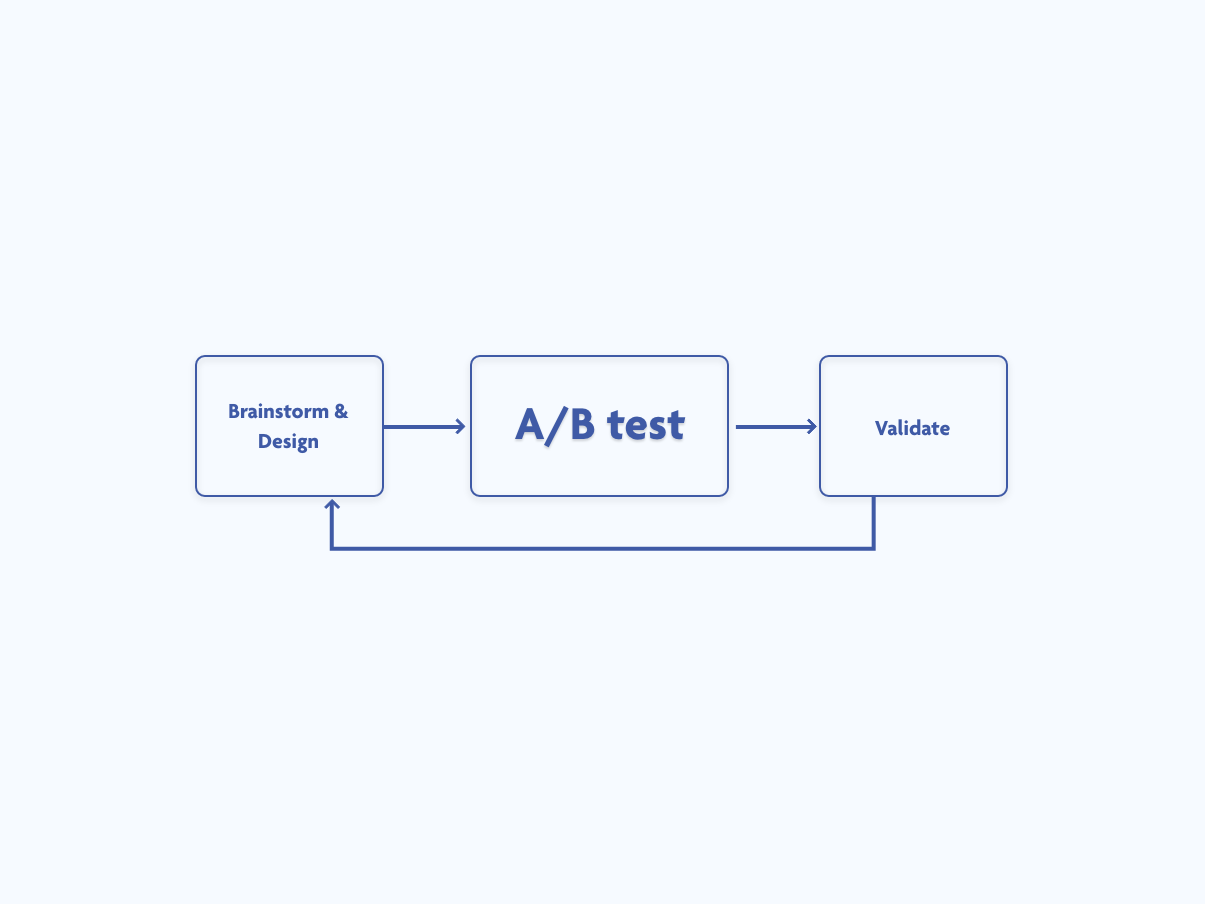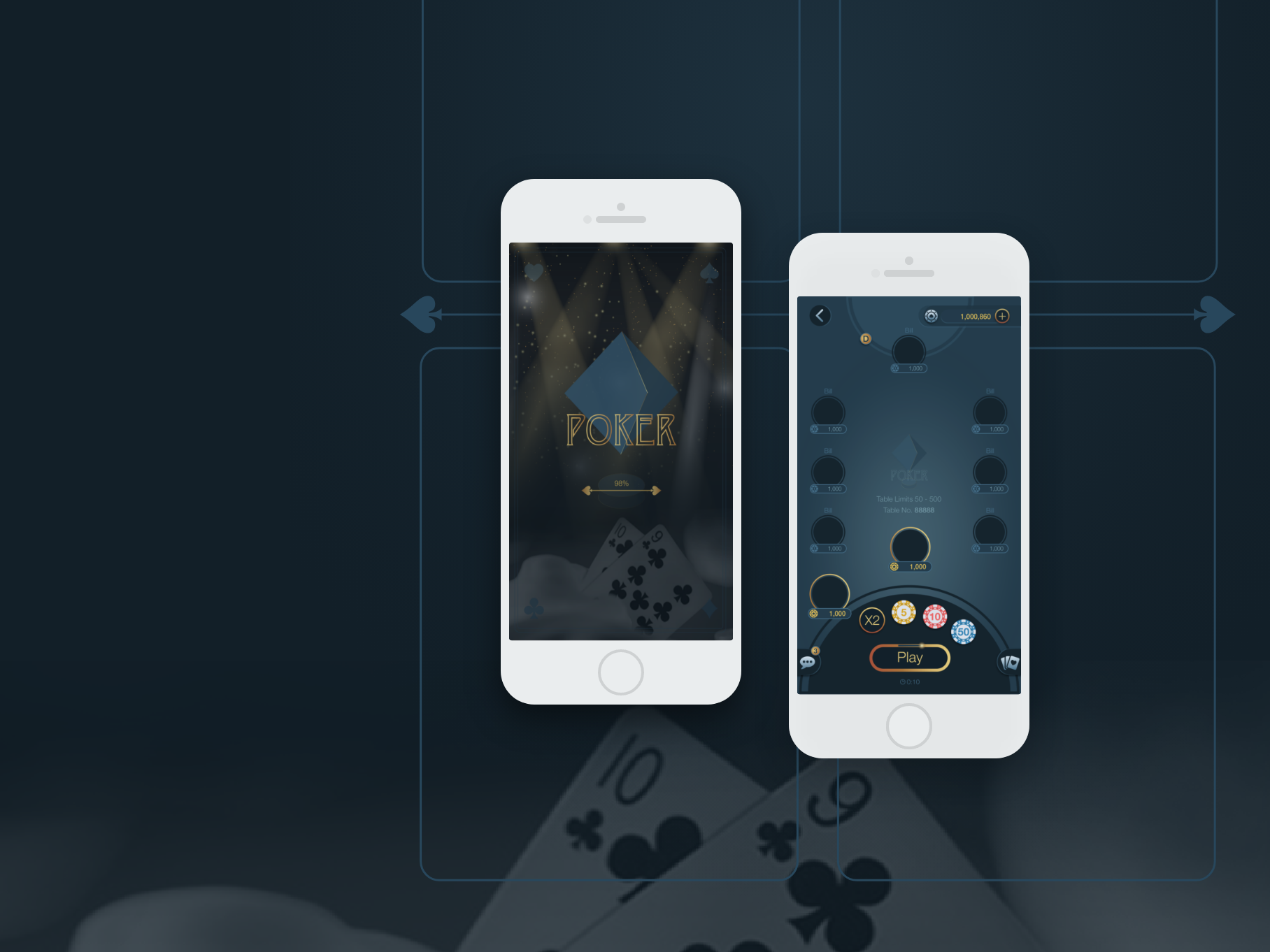ATM for children 9 to 13 years old
2020- Design thinking process
To help 9-13 years old, primary school students, who use ATM to deposit and withdraw money from their savings accounts. Success metrics: Learnability, Efficiency, Safety and Satisfaction
Design process
1. Understand
- Interview children and parents to understand users needs and pain points
- Identify business goal and concerns
Bank
Why does the bank want to provide an ATM for children?
* Establish a relationship with potential customers in the earlier stages
* Parents want their children to cultivate a habit of savings, to learn financial management from young or more convenience to get pocket money
* Parents want their children to cultivate a habit of savings, to learn financial management from young or more convenience to get pocket money
Any Concerns?
* Cost
* Scalability: for children, elderly?
* Feasibility
* Scalability: for children, elderly?
* Feasibility
Children
Why do children want to use ATM?
* Deposit money from allowance, red packet or part-time jobs, etc
* Withdraw money for daily activities, hang out with friends and satisfy material
needs e.g. food, games, stationery, clothing etc
* Check account balance
* Withdraw money for daily activities, hang out with friends and satisfy material
needs e.g. food, games, stationery, clothing etc
* Check account balance
Any pain points?
* Hard to see and touch ATM screen
* Unable to understand the information and actions required display on the ATM
* Small amounts of money for deposit or withdrawal
* Unable to understand the information and actions required display on the ATM
* Small amounts of money for deposit or withdrawal
Parents
Why do parents want children to use ATM?
* Cultivate a habit of saving money
* Learn financial responsibility and budgeting
* Learn financial responsibility and budgeting
Any Concerns?
* Children may forget to take debit card out after using ATM or forget PIN number
* Worry if children have any problems when using ATM without other adults to guide them
* Worry about children withdrawing too much money at once
* Worry if children have any problems when using ATM without other adults to guide them
* Worry about children withdrawing too much money at once
2. Define
- Use tools User journey map, Empathy map for teams thinking widely and deeply
- Define and sharpen what kind of product we want to design & what problems we want to solve
Is ATM the best approach for children to manage money?
Yes, it is a feasible option by making it accessible and convenient to save money, having an ATM catered for children will help to cultivate a habit to save money. Besides, it is a good opportunity for the bank to improve current ATM product and customise this experience for different target audiences (children, elderly)
What is the goal?
To easily save and manage money, design a reliable and engaging ATM experience for 9-13 years old primary school students to
* Deposit money
* Withdraw money
* Check the balance and manage financial goals
To easily save and manage money, design a reliable and engaging ATM experience for 9-13 years old primary school students to
* Deposit money
* Withdraw money
* Check the balance and manage financial goals
What are the requirements and considerations to solve current challenges?
* Children must be able to reach the ATM
* Instructions must be conveyed in a way that children can understand
* Offer micro financial interactions (coins and banknotes)
* Provide support
* Safe environment
* Children must be able to reach the ATM
* Instructions must be conveyed in a way that children can understand
* Offer micro financial interactions (coins and banknotes)
* Provide support
* Safe environment
What emotions need to be satisfied for children using an ATM?
* Security: feeling safe, stable, and free from fear or anxiety
* Sense of achievement
* Security: feeling safe, stable, and free from fear or anxiety
* Sense of achievement
Success measurements:
* Learnability: easy to learn, recover from a mistake
* Efficiency: simple to complete tasks
* Safety: to ensure security of identity and money
* Satisfaction: Security and sense of achievement
* Learnability: easy to learn, recover from a mistake
* Efficiency: simple to complete tasks
* Safety: to ensure security of identity and money
* Satisfaction: Security and sense of achievement
3. Ideate
- Brainstorm and sketch out ideas and solutions
- Extract & prioritise features
Design
- Design user flows, wireframes and prototypes(low/high-fidelity) for quick design verification
Based on priority, this prototype will focus on the deposit feature. This low-fidelity prototype captures the deposit flow, displaying what users will see and actions required on the interface.
Design elements:
* Create a fun and engaging experience via gamification; to learn and complete tasks through a game. This will include creation of a story, role play, set missions, vivid visual/audio feedback
* Reliable: Give a friend to accompany and guide them
* Create a fun and engaging experience via gamification; to learn and complete tasks through a game. This will include creation of a story, role play, set missions, vivid visual/audio feedback
* Reliable: Give a friend to accompany and guide them
5. Test
- Test design to get feedback & iterate quickly
Usability test
* Provide the scenario, tasks for children to imagine the situation
* Based on our pre-defined success metrics, Learnability, Efficiency, Safety and Satisfaction(security and sense of achievement), create System Usability Scale to measure the usability
* Collect feedback and insights quickly identify blind spots, areas of improvement, and iterate to tailor this experience for our target audience
* Provide the scenario, tasks for children to imagine the situation
* Based on our pre-defined success metrics, Learnability, Efficiency, Safety and Satisfaction(security and sense of achievement), create System Usability Scale to measure the usability
* Collect feedback and insights quickly identify blind spots, areas of improvement, and iterate to tailor this experience for our target audience
Conclusion
Get insights from real users
To accurately capture the users’ needs, we can conduct surveys or interviews to understand this user group. From there we can develop empathy map, create personas or user journey maps, to let us define the problem and needs for our users. This will also facilitate more meaningful testing to get feedback for our prototypes.
To accurately capture the users’ needs, we can conduct surveys or interviews to understand this user group. From there we can develop empathy map, create personas or user journey maps, to let us define the problem and needs for our users. This will also facilitate more meaningful testing to get feedback for our prototypes.
Balance between users and business
There are always many great ideas we will be keen to adopt. But we will need to be mindful of the business benefits and consider the development cost & efforts. We should frame and project long-term impact and solutions to ensure product scalability.
There are always many great ideas we will be keen to adopt. But we will need to be mindful of the business benefits and consider the development cost & efforts. We should frame and project long-term impact and solutions to ensure product scalability.
Framing the RIGHT problem statement is key
* Don’t jump into solutions right at the beginning. We may not know if ATM is the best solution so we should brainstorm and diverge in possible solutions to weigh the pros and cons before working in depth.
* Understand the state of mind of the users and what emotions need to be satisfied along this journey. This is a good way to design for these emotions and evaluate it as part of a successful product.
* Don’t jump into solutions right at the beginning. We may not know if ATM is the best solution so we should brainstorm and diverge in possible solutions to weigh the pros and cons before working in depth.
* Understand the state of mind of the users and what emotions need to be satisfied along this journey. This is a good way to design for these emotions and evaluate it as part of a successful product.
Build engagement through gamification
This is an interesting opportunity to design a product with gamification. At primary school, teachers use creative approaches and content to let students learn through games because children get distracted easily. Gamification is a good way to draw their attention, build engagement and gain a sense of accomplishment. It may cause you more time and effort, and you may struggle with feasibility. But, a good product is always one that will feed and engage our users in the most delightful way.
This is an interesting opportunity to design a product with gamification. At primary school, teachers use creative approaches and content to let students learn through games because children get distracted easily. Gamification is a good way to draw their attention, build engagement and gain a sense of accomplishment. It may cause you more time and effort, and you may struggle with feasibility. But, a good product is always one that will feed and engage our users in the most delightful way.





